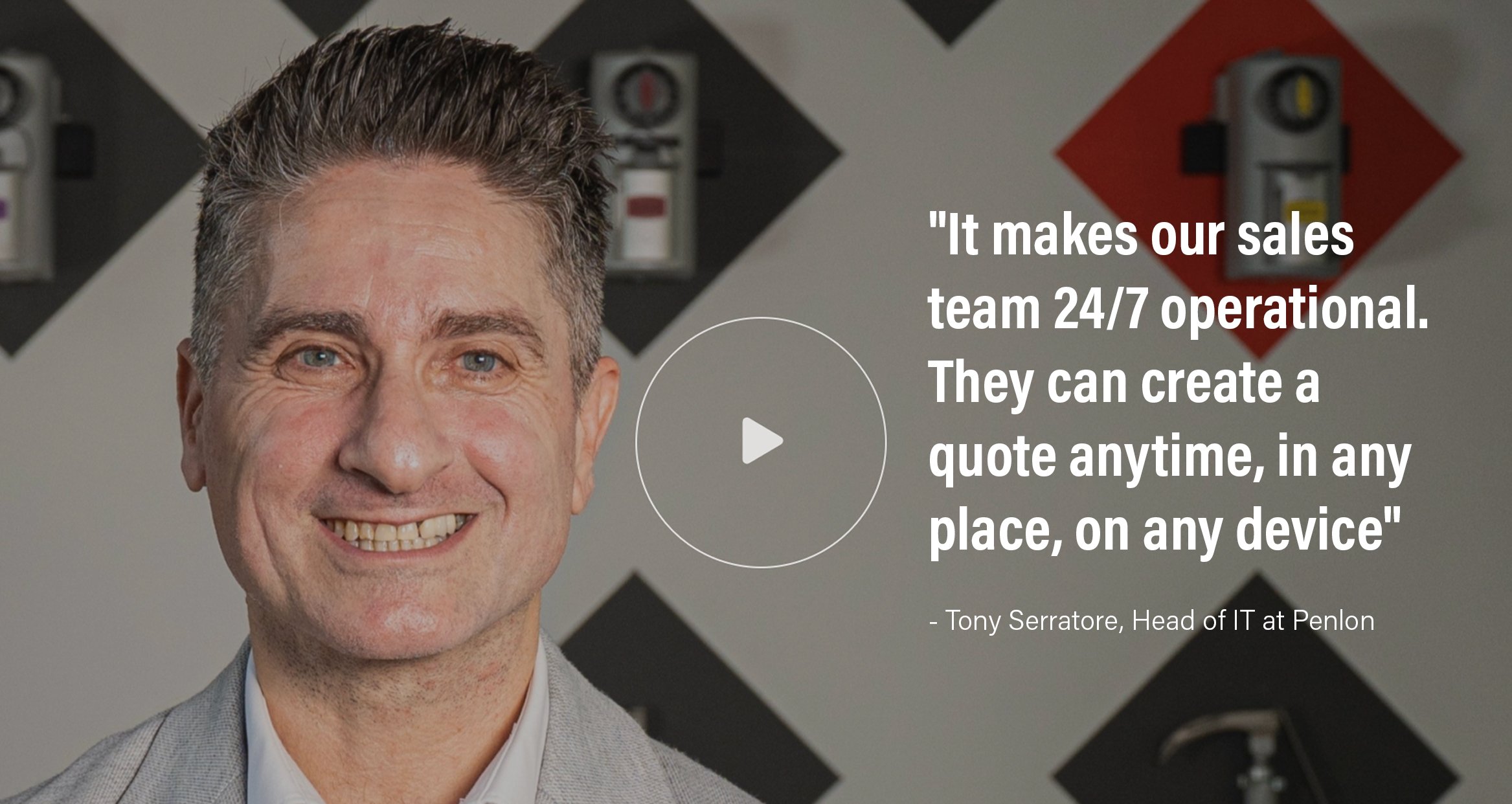Yet, rising costs, fierce competition, and ever-evolving market forces threaten to erode your hard-earned margins.
How do you squeeze more profit out of every sale? Without reducing prices and product complexity? Read on for some game-changing insights from our manufacturing experts.
What is Profit Margin?
Running a successful manufacturing business requires a delicate balance between business costs and delivering high-quality products and services to your customers. Being able to strike this delicate balance makes or breaks your profit margin.
In other words, the better you are at managing costs of goods sold and operating expenses, the greater your revenue, and the higher your profit margin.
What is Impacting your Profit Margin?
There are, of course, a number of factors in manufacturing that you can’t control. For example, your cost of goods sold; raw material prices, labor costs and energy expenses are always in flux. Your regulatory compliance expenses differ by location and product and service. And your competitors are always exerting downward pressure by offering similar products at lower prices.
What impacts your profit margin that you can control?
- Product Complexity. This is your competitive advantage; it helps you fulfill a larger range of buyer needs and grow your customer base. Yet, the more complex your offerings, the more time and resources it takes to manage and sell. And the higher your operating costs.
- Sales Complexity. This is the amount of time and resources required to convert an opportunity to a customer. Yet, the more complex your sales process, the more time and resources it takes to close each sale. And the higher your cost per sale.
Controlling your sales operating expenses can feel like a constant, uphill battle. Common challenges include:
Add it all up, and you’re looking at the ideal formula for increasing your operating expenses, not your profit margins.
Increase your Profit Margins for Manufacturing
To increase profit margins, some manufacturing companies focus on raising prices; which quickly alienates customers. Or they turn to reducing product complexity, which, if not carefully planned and executed, quickly drives up quality issues and customer dissatisfaction.
How do you increase your profit margins without raising your prices or simplifying your offerings? An effective way to increase profit margins in manufacturing is to reduce your operating expenses; the time and resources it takes to manage and sell your complex products and services.
Begin with best practices for cost optimization in manufacturing that reduces expenses:
- Cost Optimization. Implementing principles like Lean Manufacturing and Activity-Based Costing can reduce expenses by uncovering hidden expenses.
- Revenue Enhancement. Employing tactics such as centralized offering and pricing information can reduce expenses by reducing human error.
- Operational Efficiency. Implementing methodologies such as Six Sigma and Total Quality Management (TQM) can reduce expenses by highlighting repetitive tasks.
- Customer Focus. Deploying programs such as voice of the customer (VOC) and after-sales service can reduce expenses by prioritizing more valuable opportunities.
Suggested content

Penlon
Learn how XaitCPQ helped Penlon and their sales team to become more self-sufficient and get more quotations out the door
April 21, 2023

Fabtek
XaitCPQ enabled Fabtek to accurately and quickly create a quote. Reducing the overall time by 50%.
April 13, 2023

Sectra
XaitCPQ assisted Sectra to introduce a more customer-centric sales model, enhance the support provided to its sales team, and make the prod...
April 12, 2023
Tools for Increasing Profit Margins in Manufacturing
The manufacturing process is dynamic and complex. It involves sequential activities that involve multiple experts. And everything is subject to variations based on product, market segment, customer, and time. Technology can optimize your expense investment as well as boost your sales revenue.
Continue by implementing technology that drives productivity to increase sales:
- Cost Optimization. Implementing Process Mining software can help you increase sales by visualizing the entire sales process and defining value-added sales activities.
- Revenue Enhancement. Implementing Configure-Price-Quote (CPQ) software can help you increase sales by governing and automating your sales process.
- Operational Efficiency. Implementing Supply Chain Management (SCM) software can help you increase sales by optimizing manufacturing logistics.
- Customer Focus. Implementing Customer Relationship Management (CRM) software can help you boost sales by tracking buyer preferences for more targeted sales approaches. Adopting sustainable practices can also boost sales, by attracting environmentally conscious customers willing to pay more.
Increasing profit margins in manufacturing is critical to keeping pace in this fast-paced, competitive industry. Imagine a world where efficiency minimizes your operating expenses. Where sales productivity increases your revenue. Where consistently striking the delicate balance between business costs and delivering value to your customers increases your profit margins.
Take your first step towards increasing your profit margins, automating quotes and operating without pricing and configuration errors:








